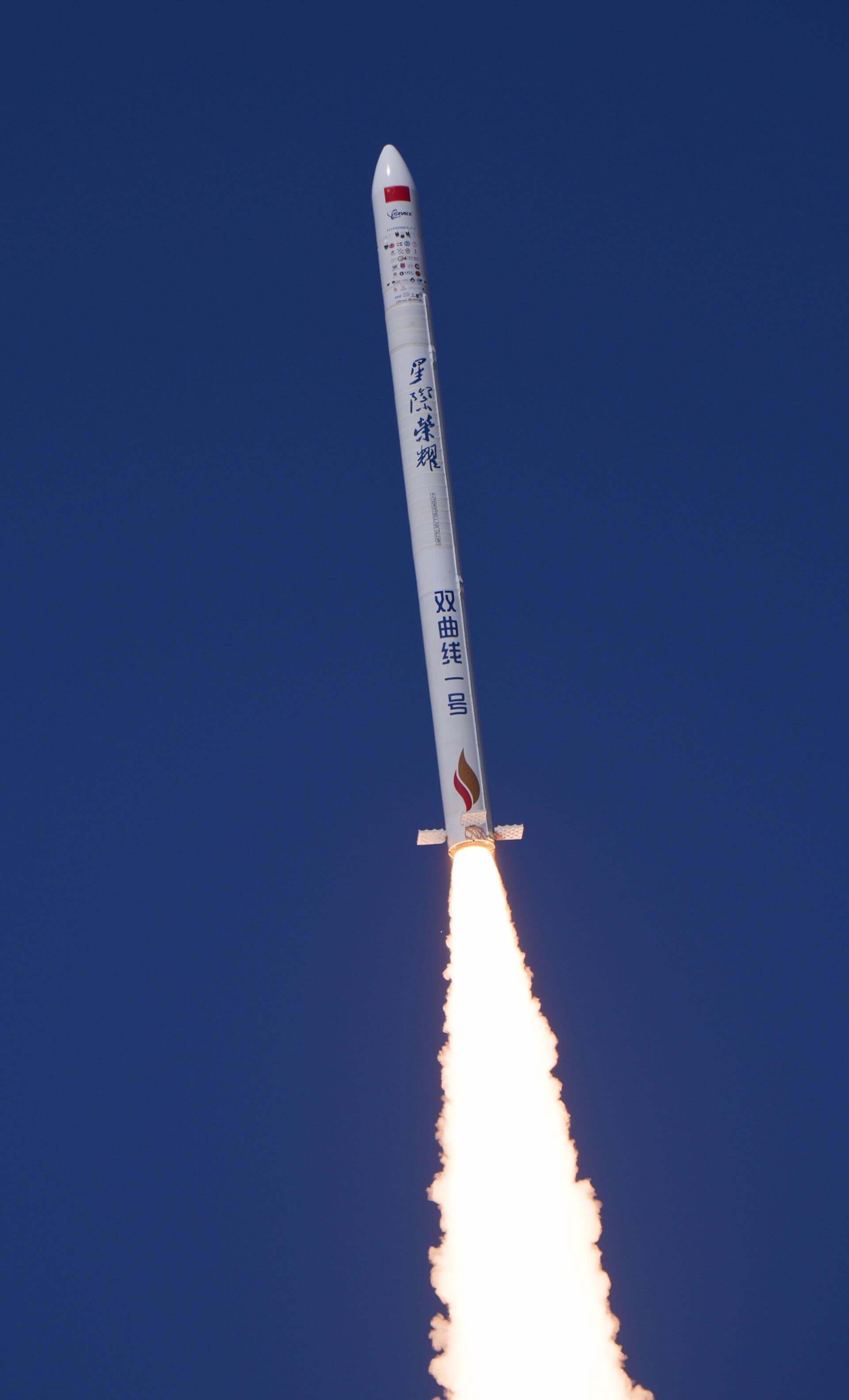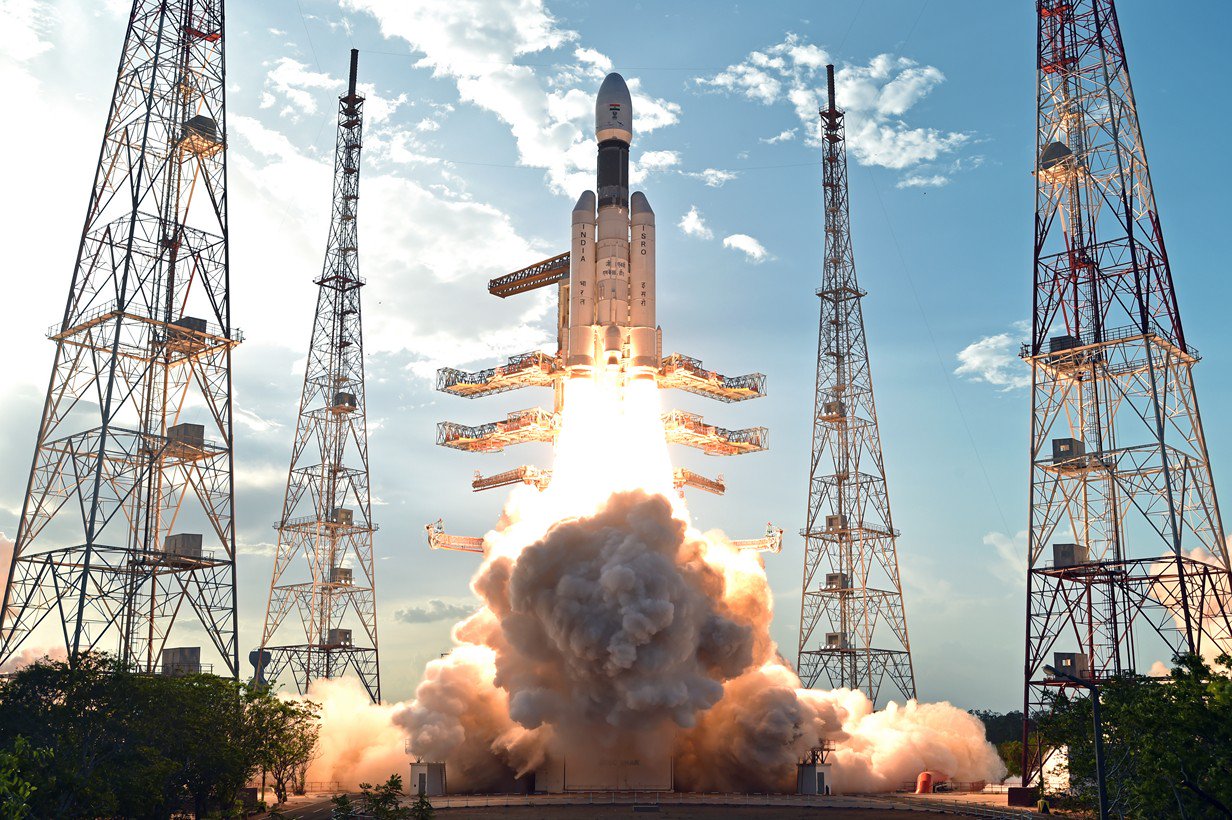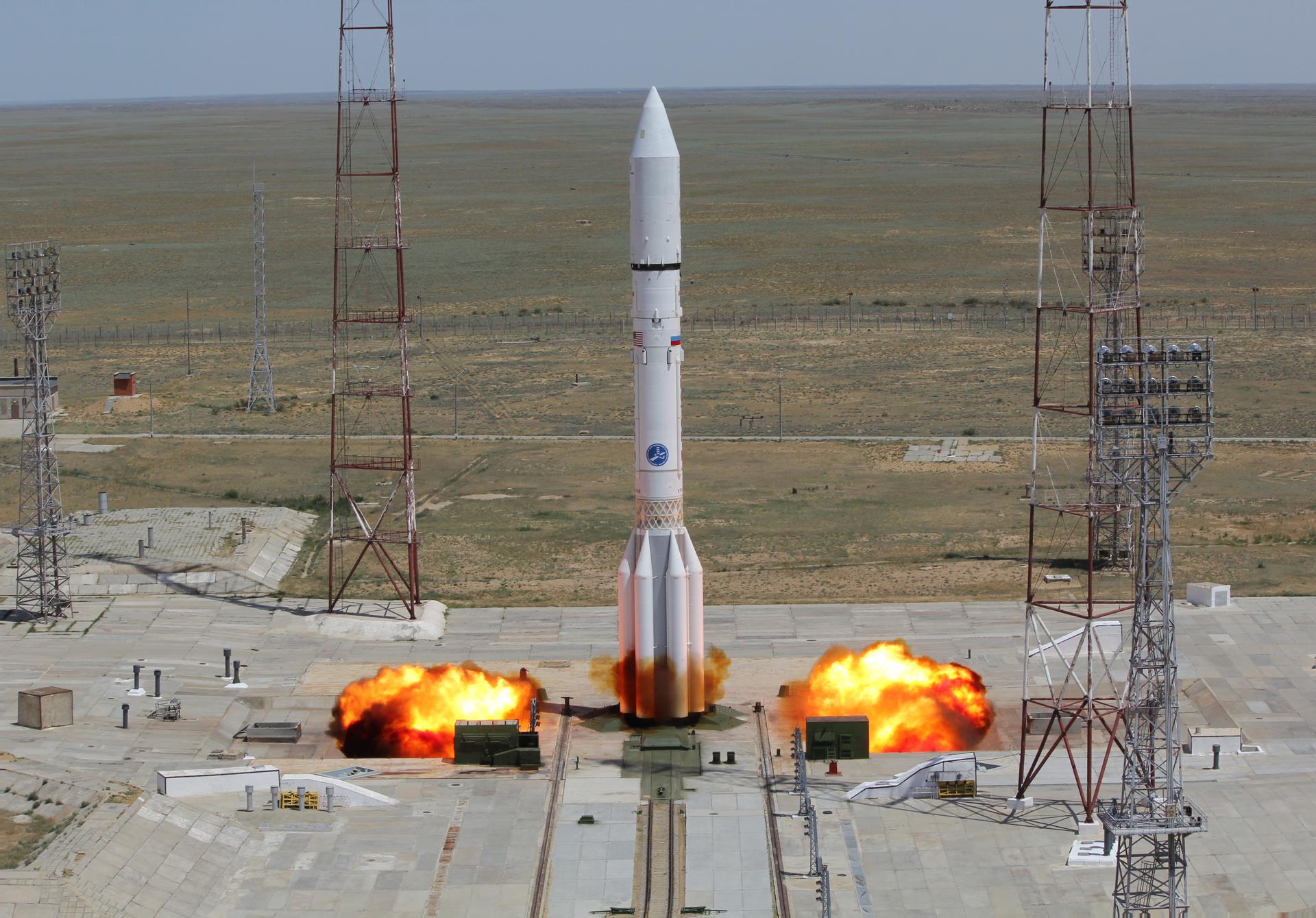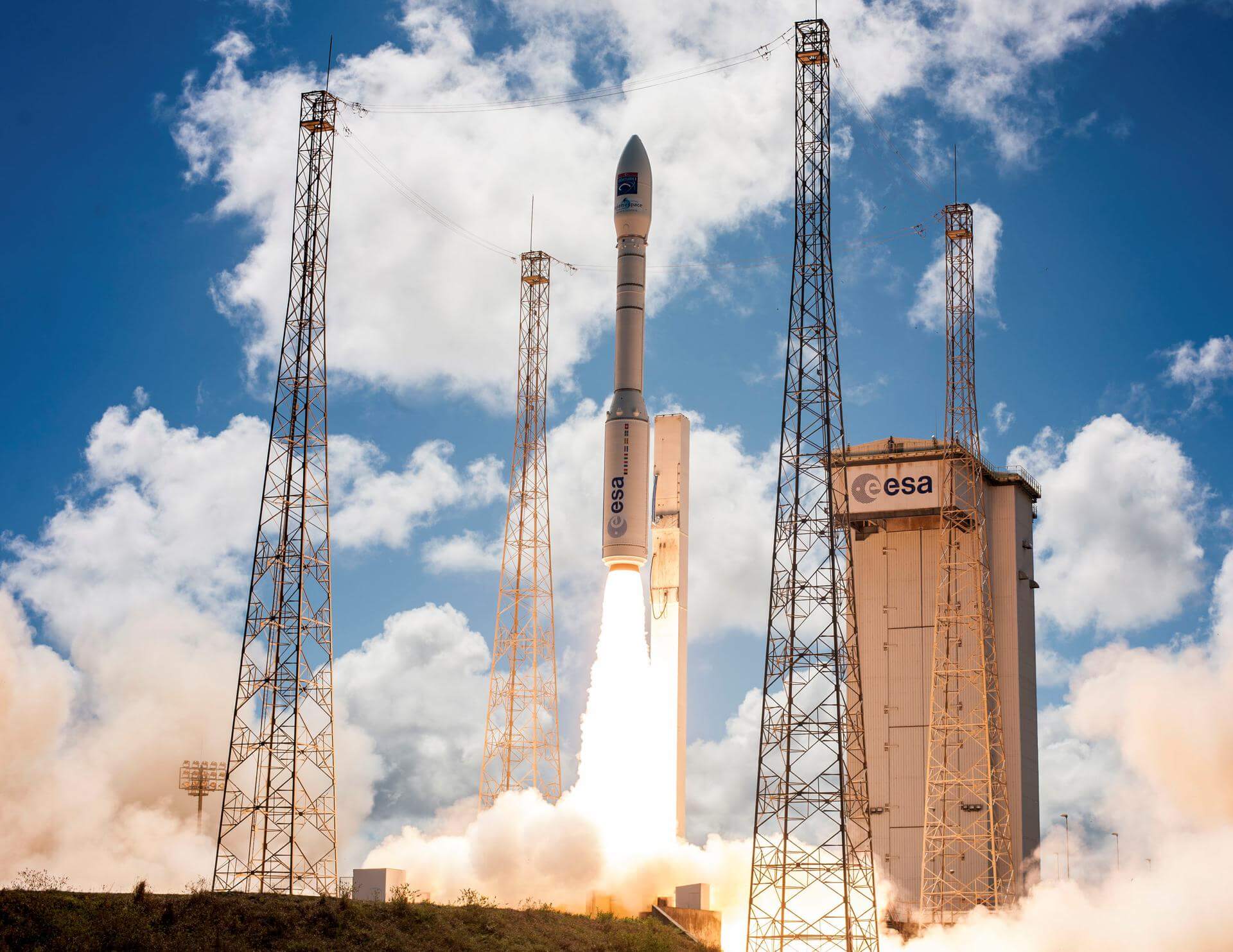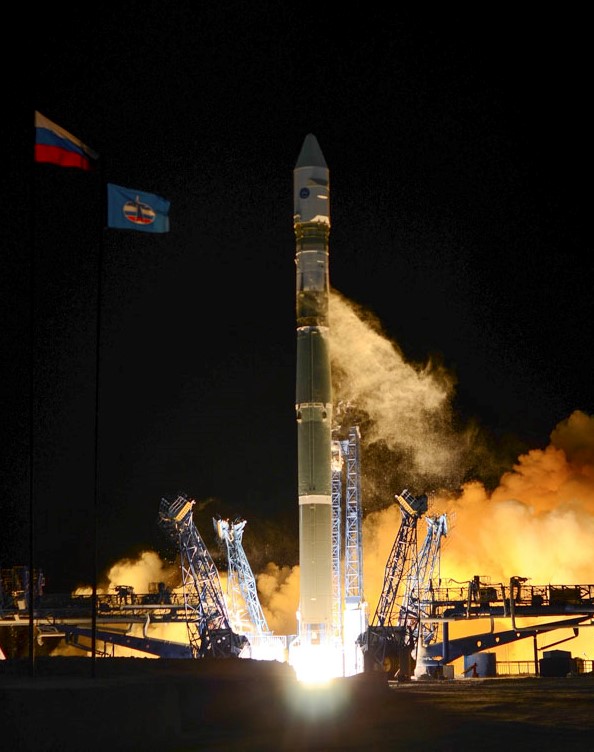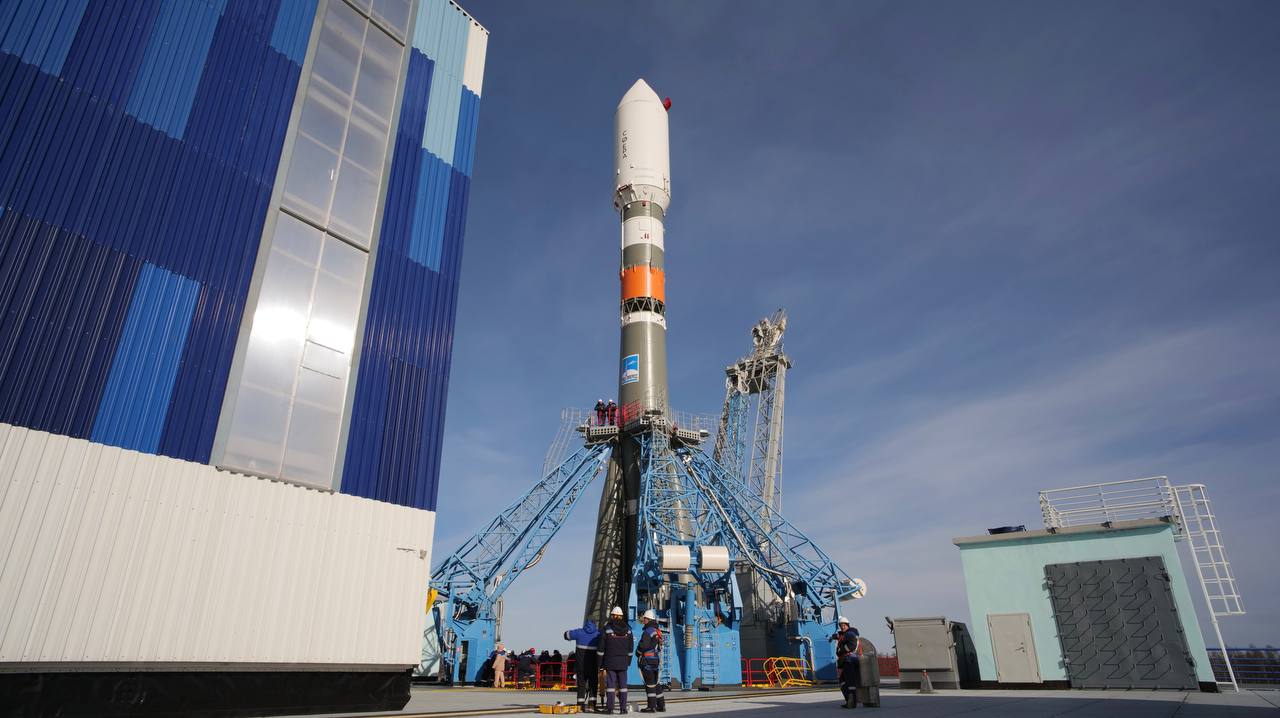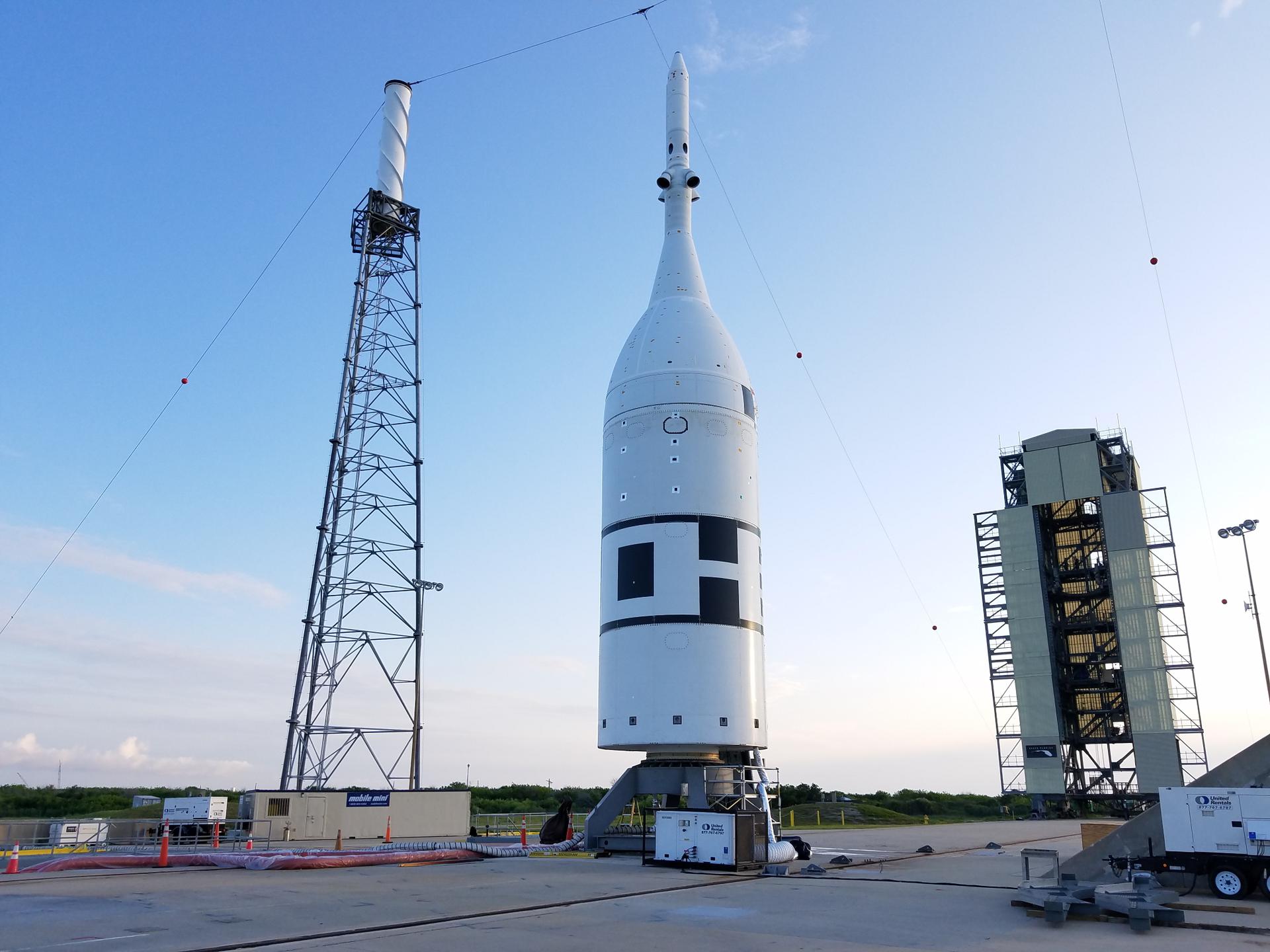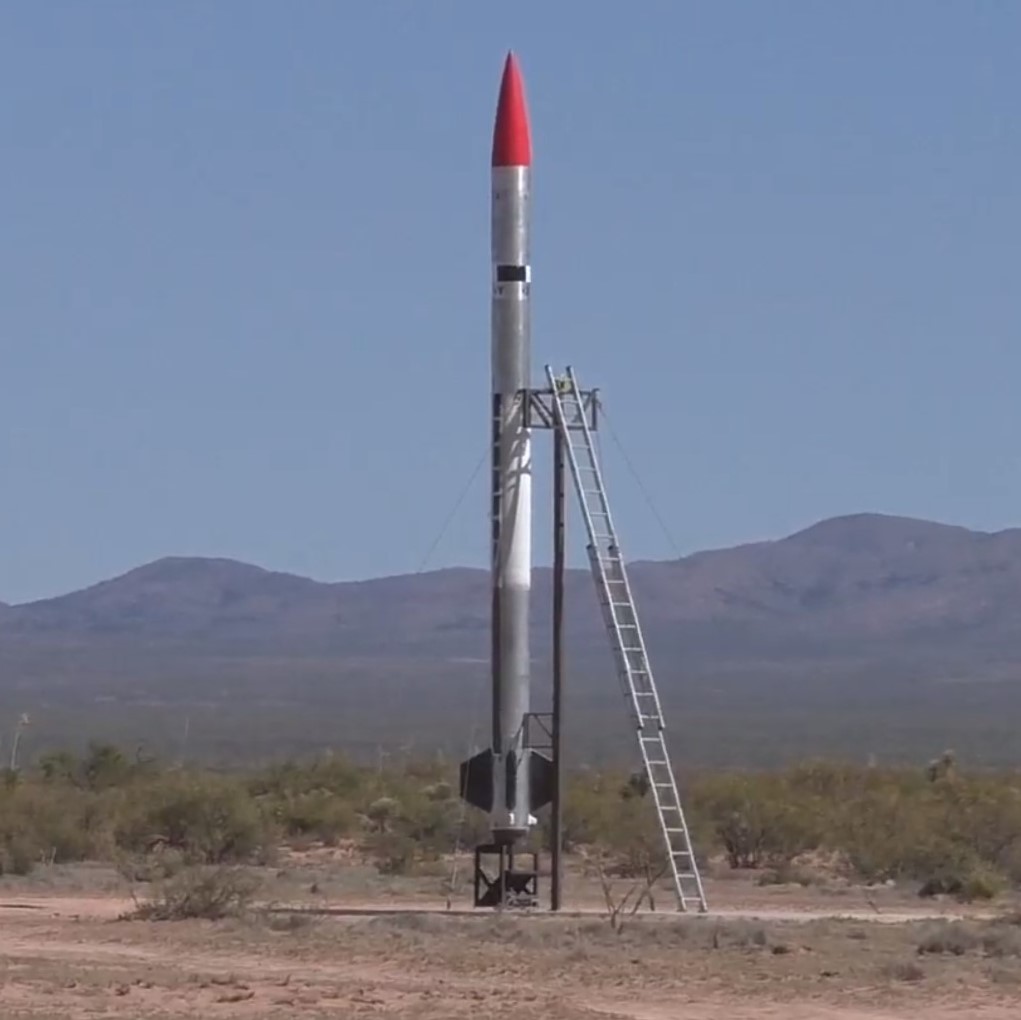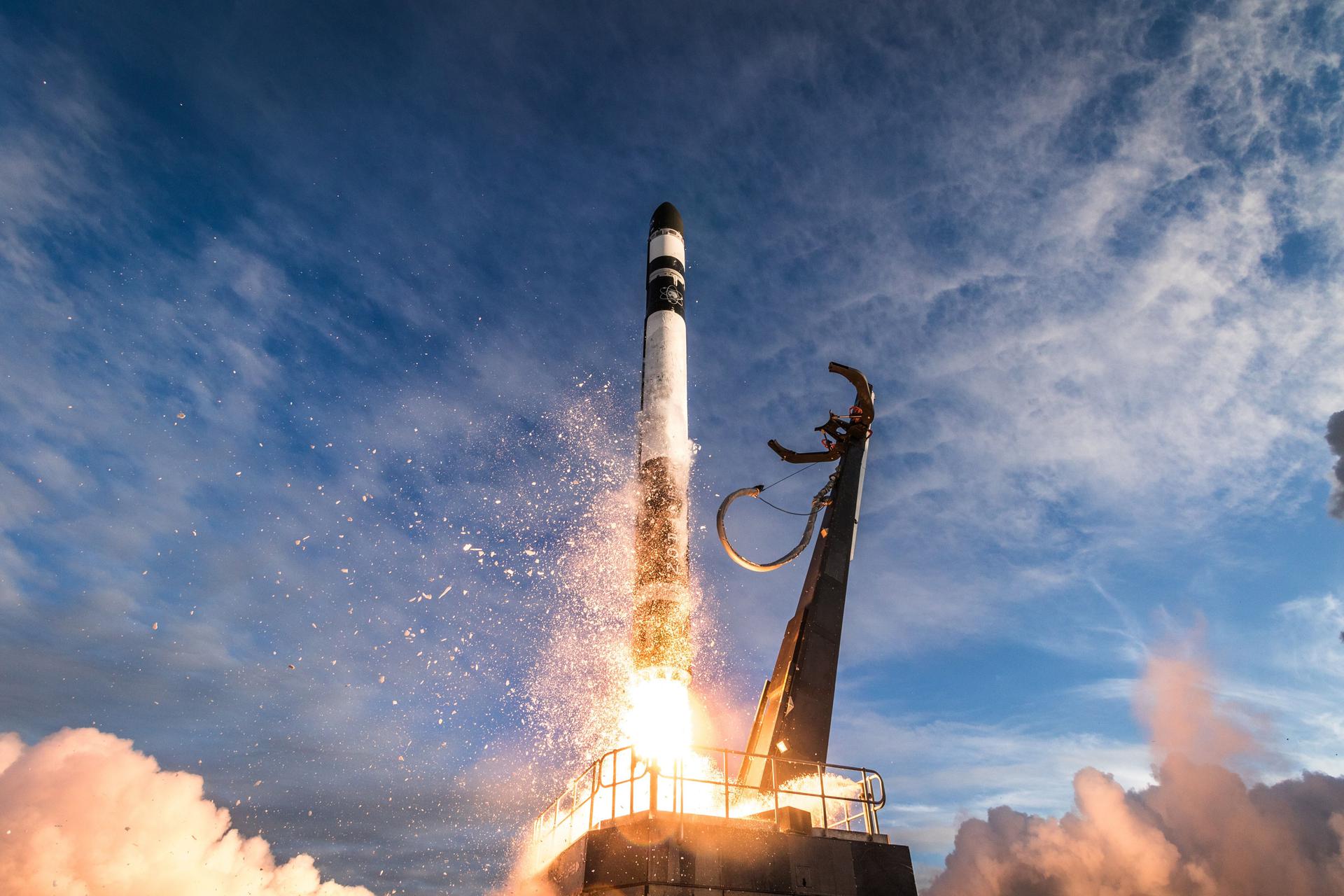Previous Spaceflight Launches
Filter by Agency, Locations or Vehicles
Show All LaunchesHyperbola-1 | Maiden Flight
i-Space | ChinaJiuquan Satellite Launch Center, People's Republic of China
July 25, 2019, 5 a.m.
LVM-3 | Chandrayaan-2
Indian Space Research Organization | IndiaSatish Dhawan Space Centre, India
July 22, 2019, 9:13 a.m.
Status: Launch Successful
Mission:
Chandrayaan-2 is India's second mission to the Moon. It consists of an orbiter, lander and rover. After reaching the 100 km lunar orbit, the lander housing the rover will separate from the orbiter. After a controlled descent, the lander will perform a soft landing on the lunar surface at a specified site and deploy the rover. Six-wheeled rover weighs around 20 kg and will operate on solar power. It will move around the landing site, performing lunar surface chemical analysis and relaying data back to Earth through the orbiter. The lander will be collecting data on Moon-quakes, thermal properties of the lunar surface, the density and variation of lunar surface plasma. The orbiter will be mapping lunar surface. Altogether, Chandrayaan-2 mission will collect scientific information on lunar topography, mineralogy, elemental abundance, lunar exosphere and signatures of hydroxyl and water-ice.
Lunar OrbitSoyuz-FG | Soyuz MS-13
Progress Rocket Space Center | RussiaBaikonur Cosmodrome, Republic of Kazakhstan
July 20, 2019, 4:28 p.m.
Status: Launch Successful
Mission:
Soyuz MS-13 begins expedition 60 by carrying NASA astronaut Andrew Morgan, Luca Parmitano of ESA (European Space Agency) and Alexander Skvortsov of the Russian space agency Roscosmos launch to the International Space Station aboard the Soyuz spacecraft from the Baikonur Cosmodrome in Kazakhstan.
Low Earth OrbitProton-M/Blok DM-03 | Spektr-RG
Khrunichev State Research and Production Space Center | RussiaBaikonur Cosmodrome, Republic of Kazakhstan
July 13, 2019, 12:30 p.m.
Vega | Falcon Eye 1
Avio S.p.A | ItalyGuiana Space Centre, French Guiana
July 11, 2019, 1:53 a.m.
Status: Launch Failure
Mission:
Falcon Eye 1 is a high-resolution Earth-imaging satellite for the United Arab Emirates. Built by Airbus Defense and Space with an optical imaging payload from Thales Alenia Space, Falcon Eye 1 is the first of two surveillance satellites ordered by the UAE’s military.
Polar Orbit #VV15Soyuz 2.1v/Volga | Kosmos 2535, Kosmos 2536, Kosmos 2537, Kosmos 2538
Progress Rocket Space Center | RussiaPlesetsk Cosmodrome, Russian Federation
July 10, 2019, 5:14 p.m.
Soyuz 2.1b/Fregat | Meteor-M No.2-2 & rideshare payloads
Progress Rocket Space Center | RussiaVostochny Cosmodrome, Siberia, Russian Federation
July 5, 2019, 5:41 a.m.
Status: Launch Successful
Mission:
This is the fourth spacecraft in the Russian Meteor-M series of remote sensing satellites. Weighing about 2750 kg, it is intended to gather hydrometeorological data from sun-synchronous orbit. This includes monitoring ozone layer and radiation levels in the near-Earth space, as well as monitoring ocean surface temperatures and ice conditions.
Sun-Synchronous OrbitOrion Test Booster | Ascent Abort-2
National Aeronautics and Space Administration | United States of AmericaCape Canaveral SFS, FL, USA
July 2, 2019, 11 a.m.
SARGE | Launch 3
EXOS Aerospace | United States of AmericaSpaceport America, NM, USA
June 29, 2019, 6 p.m.
Status: Launch was a Partial Failure
Mission:
The 3rd launch of EXOS Aerospace's reusable launch vehicle. Failed during ascent due to what appears to be a gimbal issue. Sarge 1 glided steering its parachute and landed safely on the ground after dumping fuel.
Suborbital SARGE 1 - Flight Proven ( ) Spaceport AmericaElectron | Make It Rain (Rideshare)
Rocket Lab | United States of AmericaRocket Lab Launch Complex 1, Mahia Peninsula, New Zealand
June 29, 2019, 4:30 a.m.
Status: Launch Successful
Mission:
Rideshare mission for Spaceflight. Electron will launch seven spacecraft, including a commercial Earth-observing microsatellite for BlackSky, two CubeSats for U.S. Special Operations Command, a pair of tiny prototype data relay nodes for Swarm Technologies, a student-built payload from Australia called ACRUX-1, and a satellite whose identity and owner remain a secret. The mission is named "Make it Rain" in a nod to the high volume of rainfall in Seattle, where Spaceflight is headquartered, as well in New Zealand where Launch Complex 1 is located.
Low Earth Orbit